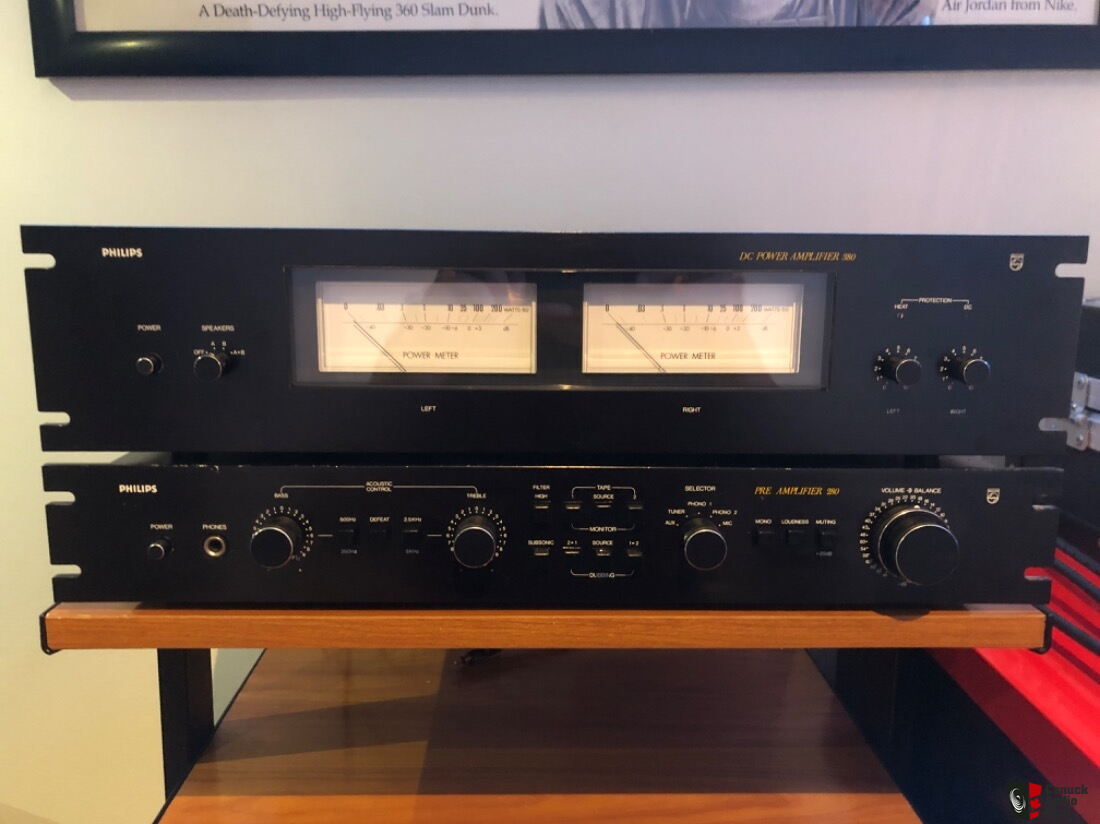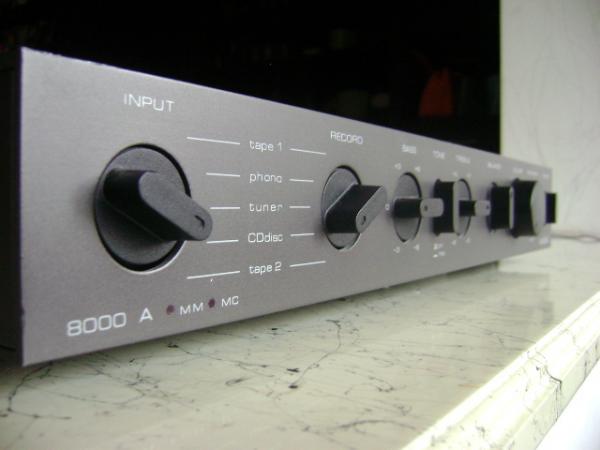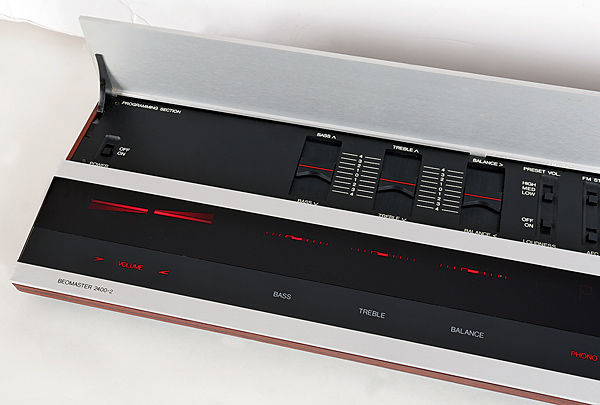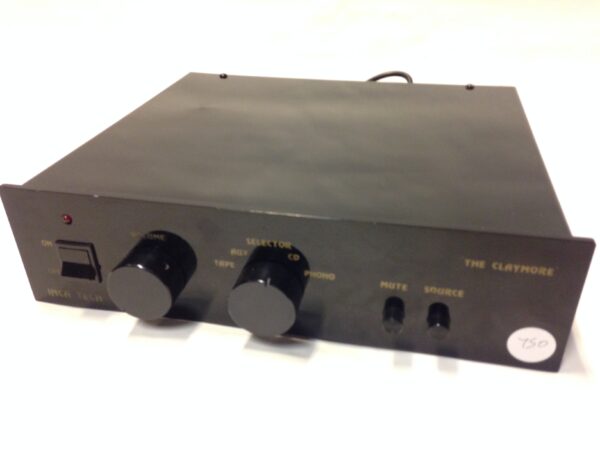Any audiophile will occasionally peruse the pages of a hi-fi magazine – if they aren’t reading them religiously every month, that is. Had you picked up a copy of What Hi-Fi in 1977, the chances are that by the time you’d finished it, you would know that this amplifier was the one to buy, under £100. Why, therefore, has it vanished into the mists of time, with only a passing reference four decades later? The NAD 3020, which appeared just eighteen months later, practically wiped this compact, capable, affordable amplifier off the map.
The 33W RMS per channel (into 8 ohms) that this gleaming silver JVC integrated amplifier delivered was a lot back in the mid-1970s. Let us not forget that in Britain, Fidelity music centers were sold in Boots stores with a tenth of the rated power, and this was considered adequate. The JAS-11G wasn’t quite as impressive when you drilled down into the detail however; when the impedance halved, instead of the power output nearly doubling (as it should), it rose to a giddy 37W RMS per side from its Sanyo STK0040 power modules. Even then, it’s important to remember the standards of the time; the (then) new Triumph TR7 sportscar was considered ‘fast’ with 105BHP! This amplifier also has a damping factor of 30, 0.06 percent THD at 1kHz at 30W output, and a signal to noise ratio of 95dB (line input); all good numbers.
The JVC was rather attractive. The fascia was a 390×152 slice of brushed aluminium; not quite ‘full width’ 430mm width of today but there was no standard size back then; and the black painted pressed steel case stretched 330mm behind it. The controls were crisp and neat, and switching for tape dubbing (plus the unusual provision of a pair of second tape inputs and output sockets on the front panel) marked this 7kg amplifier out as being more lavish and ‘high end’ than any of its price rivals. JVC also included a stereo mode selector, which included reverse, as was the norm at the time. Everything else was standard, including the huge, chunky volume control knob, which Amstrad, Sinclair, and Fidelity owners could only fantasize about.
The JVC isn’t horrible in terms of sound. It has a solid bass by today’s standards and a pleasantly musical pace, which means the music glides effectively. It is opaque and lacks dynamics by 2015 standards, but it provides a Phil Spector-like ‘wall of sound’ that would have pleased any hi-fi buyer in Laskys in 1977 with £90 burning a hole in his pocket. These days, this amplifier sells for pennies secondhand; it’s not a cult amplifier like the NAD that followed it in the affections of magazine reviewers, and you can do better elsewhere – Trio’s KA3700 rival of that time is slightly smoother and more organic sounding. Nonetheless, if you notice one that appears to be on its way to the skip, preserve it.







